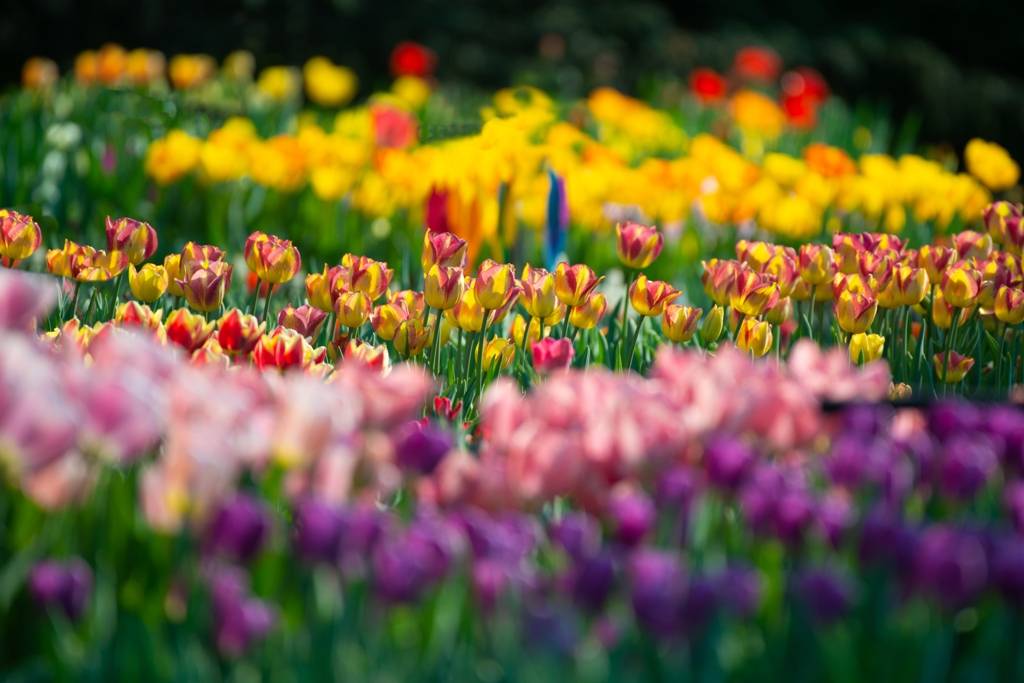
Tulips are the symbol of ‘Love’ & ‘Charity’, they’re the flowers that come in a variety of colors. These flowers have been associated with the concept of love for generations and are the perfect gift to give to someone you love deeply and unconditionally.
They also have great potential for marketability as they’re used a lot in bouquets and party decorations as being perennials and having really vast color options.
About Tulip:
The flowers are typically large, showy, and brightly colored, with the most common colors being red, pink, yellow, or white (usually in warm colors). Internally, they frequently have a different colored blotch at the base of the tepals (petals and sepals combined). Because of population variability and a long history of cultivation, classification has been complex and contentious.
It is cultivated in Jammu and Kashmir and Himachal Pradesh in India due to it requiring chilly weather for its bulbs. Tulips can be cultivated in pots, containers, prepared beds, borders, and basins of other orchards, such as apple, cherry, and pear orchards. Tulips can also be grown in a greenhouse, a playhouse, shade net, pots, or even borders. Tulips are of the lily family, Liliaceae.
Climate and Soil Requirements:
-
Tulips can be grown impartial shade or direct sun.
-
However, tulips grown on hills require a daytime temperature of 20-26 ° C and a night temperature of about 5-12 ° C during the growing phase.
-
Direct sun in the morning and evening is beneficial for and improves flower quality, while Partial shade is required at lunchtime (12 to 4 p.m.).
-
Tulips are very sensitive to shock. The most suitable natural areas in India are Shimla, Kangra, Kullu, Solan, Sirmour, and Mandi. It is not difficult to grow tulips in hot climates. However, usage of greenhouses, etc. is required to help maintain the required climate for the bulbs to grow well.
-
Tulips require an ideal soil ph of 6.0 - 7.0 they also require well-drained, light sandy loam soil heavy clay soils should be thoroughly avoided.
Manure and Fertilizer Application:
If the soil is sufficiently rich, no additional manures are required. However, well-rotten farmyard manure at a rate of 3-5 kg/m2 should be thoroughly mixed. It is beneficial to spray a micronutrient-rich solution Multiplex(a micronutrient that contains zinc, Iron, Manganese, Copper in chelated form, and Boron & Molybdenum in the non-chelated form) at 50 ppm (once or twice) before color-breaking. (Colour breaking of flowers variegation in the flower where the usual pigment pattern of the flower is changed to irregular patches or streaks of pigmentation.)
















